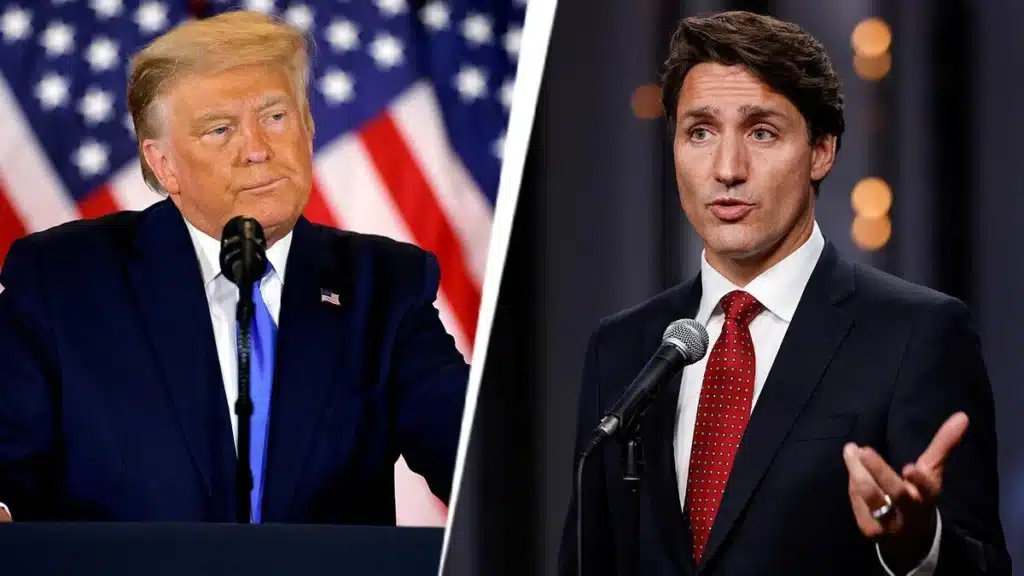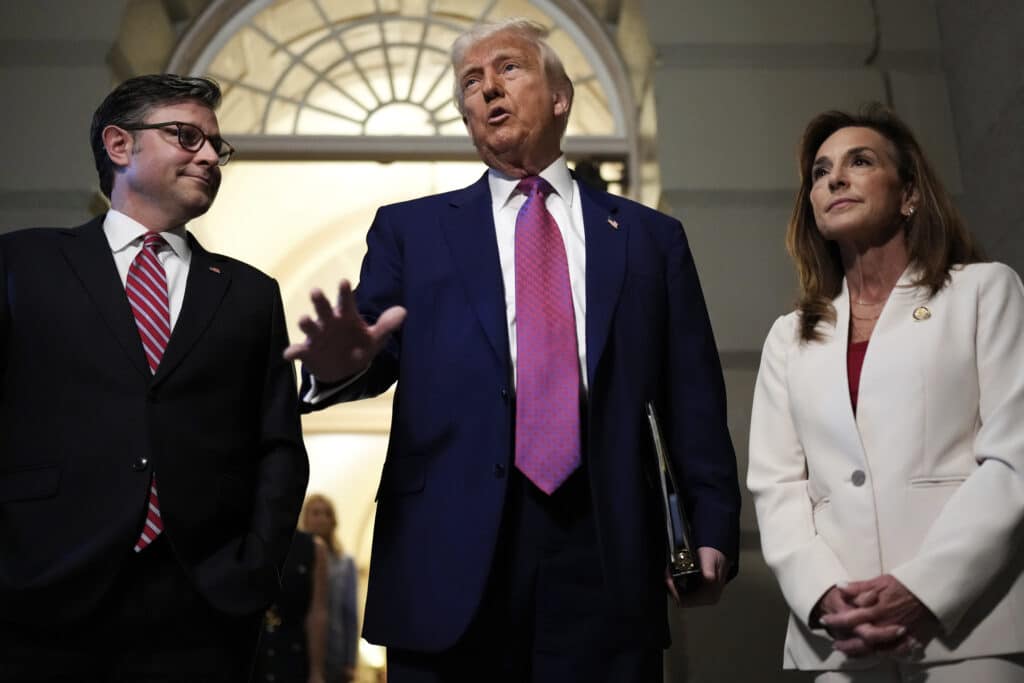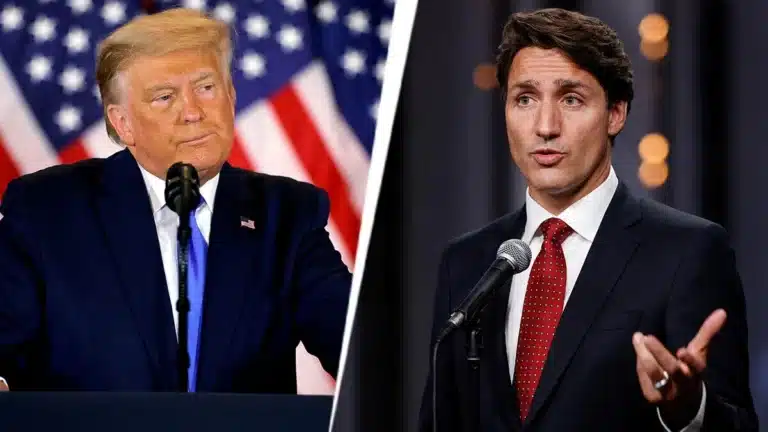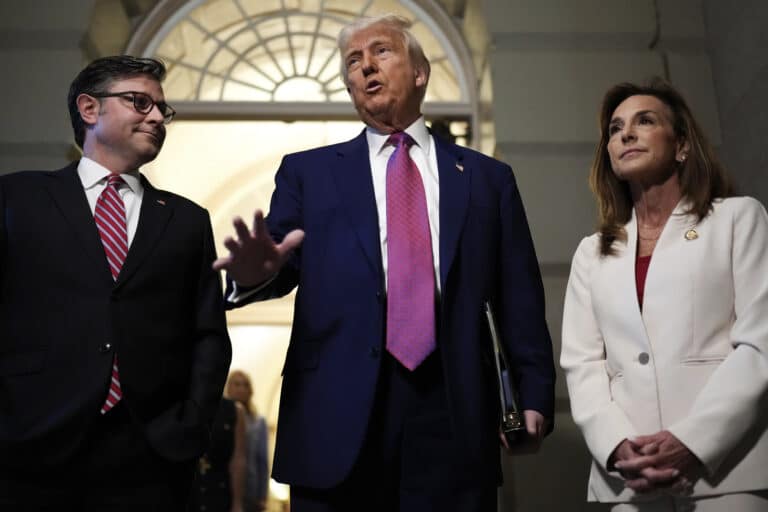The atmosphere at the recent G7 summit in Kananaskis, Alberta radiated a notably optimistic tone as President Donald Trump emerged from a lengthy meeting with Canadian Prime Minister Mark Carney. Following an intense 70-minute session—including a private 30-minute conversation without staff—both leaders appeared to set a refreshed direction for ongoing us-canada trade negotiations. This renewed energy surrounding trade agreements between the two countries has sparked widespread interest about the future of North American commerce.
Background: historic us-canada trade ties and evolving challenges
No two nations share a longer land border or deeper economic integration than the United States and Canada. From agriculture to technology, industries on both sides rely heavily on robust trading relations. Over time, agreements like NAFTA—later replaced by the USMCA—have shaped this landscape, offering significant opportunities while also introducing points of friction along the way.
Shifting priorities and changes in leadership have recently fueled debates over tariffs and cross-border cooperation. Nevertheless, the mutual benefits of open markets continue to drive efforts toward long-term, stable trade deals that balance the interests of both countries.
Usmca and nafta: what’s at stake?
Both NAFTA and its successor, the USMCA, have governed most commercial exchanges between these neighbors. Updates to rules of origin, digital trade frameworks, and dispute resolution now take center stage. These technical aspects can influence everything from auto industry jobs to the price of dairy products in stores.
Given what is at stake, every round of negotiations draws attention from businesses, policymakers, and citizens who are eager to see continued progress in maintaining competitive yet fair terms of exchange.
Tariffs: a persistent point of contention
Efforts to promote freer movement of goods have often encountered obstacles over tariff policies. President Trump made it clear that he favored implementing straightforward tariffs to bolster American interests. In contrast, Canadian officials, including Carney, have advocated for more holistic and strategic approaches.
This ongoing debate over the best method to protect domestic sectors while encouraging bilateral growth remains central to everyday trade talks between Washington and Ottawa.
The G7 summit encounter: candid conversations and cautious steps forward
Global summits rarely produce immediate breakthroughs on complex issues, but the private nature of Trump’s discussion with Carney generated considerable curiosity. Half of their meeting took place behind closed doors, indicating a readiness to address sensitive topics directly and frankly.
Afterward, Trump highlighted an optimistic outlook regarding future trade deals, praising the strong working relationship built during the summit. He emphasized that trade with Canada was a top priority, meriting the full engagement of senior officials from both delegations.
Key participants shaping the dialogue
Representing the United States, Treasury Secretary Scott Bessent and Trade Representative Jamieson Greer were key members of the delegation, underscoring the importance placed on these discussions. On the Canadian side, senior trade and policy advisors supported Carney, ensuring all technical matters received careful attention.
The presence of such experienced officials demonstrates recognition that while leaders define strategy, technical teams must work out the details that satisfy stakeholders’ needs and withstand scrutiny.
Philosophical differences, shared commitment
Much of the intrigue surrounding this summit came from a candid acknowledgment of philosophical contrasts. Trump’s preference for simple tariff structures differs sharply from Canada’s multi-faceted approach. Yet, both parties exhibited a willingness to look beyond these differences in pursuit of solutions agreeable to both sides.
This pragmatic attitude sends a clear message: while tough stances may arise during negotiations, sustained dialogue can lead to tangible results even when worldviews diverge. The ultimate objective remains a trade agreement that secures prosperity and competitiveness for both economies.
Signals of momentum: reading between the lines
An unmistakable sense of momentum surfaced in Trump’s remarks, which referenced the constructive, solution-driven tone of the discussions. He implied that both delegations demonstrated increased flexibility on previously contentious issues, suggesting that compromise could soon be achieved.
Several factors contributed to this optimistic mood:
- A longer-than-expected face-to-face meeting, including private time without staff present
- Public affirmations of the value attached to us-canada relations at the G7 summit
- Commitment from both governments to prioritize pending trade deals ahead of other agenda items
Cautious optimism prevails
Trump expressed cautious optimism but refrained from announcing definitive timelines or making bold predictions. Differences in tactics remain, particularly regarding tariff deployment and sector-specific access, but the ongoing willingness to continue discussions stands out as a positive signal.
For diplomats, business groups, and workers whose livelihoods rely on smooth cross-border flows, each step taken towards bridging philosophical gaps further strengthens the resilience of the relationship.
Potential domino effects for broader partnerships
Progress between the United States and Canada serves as a valuable indicator for broader North American relations. Any adjustment to trading terms can impact established supply chains and determine the region’s ability to respond to global trends.
Momentum generated during high-level meetings like this one may inspire advances on unresolved issues with other partners or stimulate multilateral reform within major international frameworks.
What remains on the negotiating table?
Despite the positive atmosphere, several challenges persist. Discussions over tariff relief in sectors such as steel, aluminum, and softwood lumber remain contentious. Similarly, recalibrating provisions for intellectual property and labor standards demands patience and a nuanced understanding of each nation’s legal systems.
Market access for agricultural products and emerging technologies continues to create last-minute pressure, given differing regulatory cultures and domestic priorities. Careful examination of every clause is essential to ensure any resulting trade agreement will withstand scrutiny and serve both signatories effectively.
Lessons learned from prior trade talks
Previous rounds of NAFTA renegotiation revealed that even after headline agreements are reached, implementation requires substantial political effort. Stakeholder consultations, legislative approvals, and monitoring mechanisms must be sequentially organized to transform paper commitments into real outcomes.
This thorough process highlights why expressions of optimism matter—they help maintain goodwill and provide space for negotiators to pursue lasting compromises behind the scenes.
The road ahead for us-canada trade agreements
Future arrangements linking these neighboring countries will almost certainly require ongoing engagement and regular adjustments. Flexibility, transparency, and investment in people-to-people connections are vital for crafting agreements that are resilient, even amid external shocks.
Markets will closely monitor public statements for signs of consensus and areas where additional patience is needed. Each incremental advance confirms a shared determination to preserve the foundation created by decades of successful collaboration.









